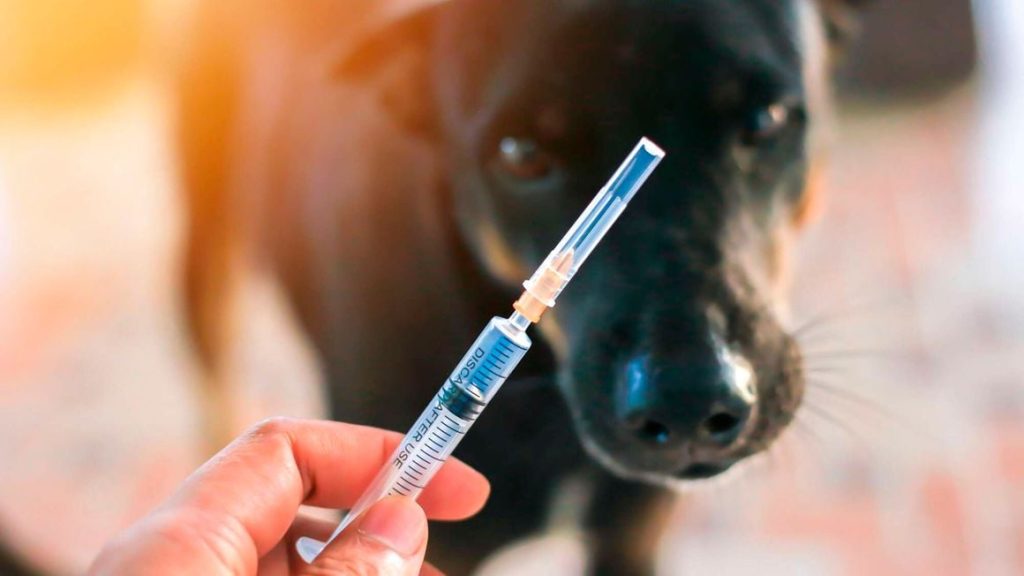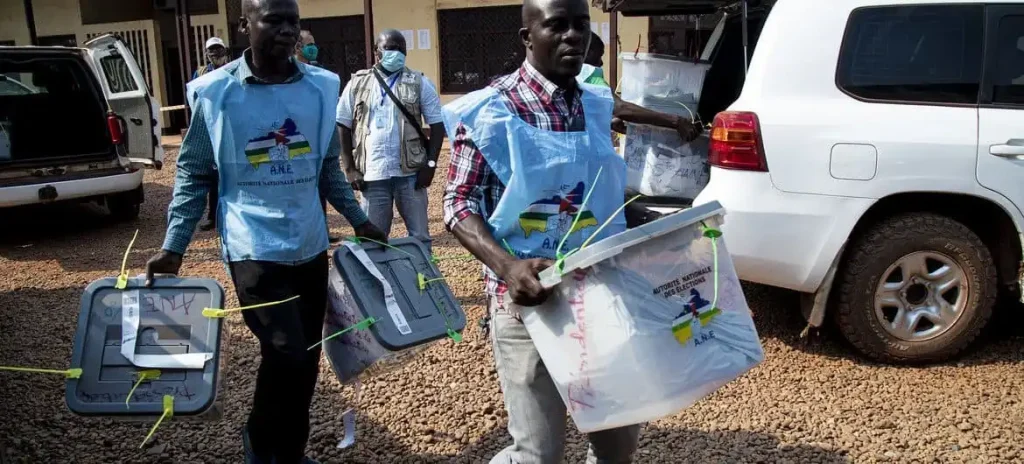The fight against rabies is getting a tech upgrade with a new mobile phone-based facial recognition app aimed at improving vaccination efforts in rabies-prone regions of Africa. Currently being tested in rural Tanzania, the app has shown promise in helping manage and eventually eradicate rabies.
During vaccination clinics, dogs are microchipped, vaccinated, and registered. The facial recognition technology, which analyzes each dog’s unique facial features, has proven to be quite effective. In initial tests, it accurately identified 76.2% of vaccinated dogs and 98.9% of unvaccinated dogs during follow-up visits to surrounding villages.
Developed in partnership with PiP My Pet, a Vancouver-based company, and researchers from Washington State University’s Paul G. Allen School for Global Health, the app uses an advanced algorithm to recognize dogs by comparing their facial features to previously stored images. This innovation could be a game-changer for rabies control in countries facing outbreaks in both Africa and Asia.
When a match is found, the app returns images with the most similar features, allowing the user to verify whether the dog has been vaccinated. The technology, as highlighted in a study published in Scientific Reports, addresses one of the significant challenges in rabies control—accurately identifying vaccinated dogs in mass vaccination campaigns.
Since domestic dogs are the primary source of human rabies transmission, widespread dog vaccination is critical for controlling the disease globally. Traditional identification methods, like microchipping, are often too expensive for large-scale use, and collars can easily be removed by owners. This new facial recognition app offers a more practical solution, potentially revolutionizing vaccination campaigns in regions struggling with rabies.
Dr. Felix Lankester, an Associate Professor at Washington State University and lead researcher on the study, emphasized the importance of accurate dog identification for effective rabies control. “Domestic dogs are the main reservoir for human rabies, so mass vaccination of dogs is crucial for global rabies control. One of our biggest challenges has been identifying which dogs have been vaccinated. Microchips are too costly, and collars are often removed. This app offers a promising alternative,” Lankester explained.
For the app to function optimally, it requires high-quality images and accurate details about each dog, including its age, color, and sex. The researchers recommend using modern smartphones with advanced cameras to capture clear images and providing proper training to users for better results.
Currently, the app relies on an internet connection for facial recognition, but the team is working on compressing the app’s algorithm to make it usable offline. This would be especially helpful in remote areas with limited internet access, expanding its potential reach.
While the main focus of the app is to support rabies control programs, it also has potential applications for identifying other species in different disease control efforts and for research purposes where animal identification is needed.
This innovative approach, coupled with ongoing mass vaccination efforts like those led by Washington State University’s Rabies Free Africa initiative, could significantly improve rabies control in endemic areas. Experts suggest that at least 40% of dogs in a given area need to be vaccinated to achieve herd immunity and stop virus transmission, making efficient identification of vaccinated dogs a key factor in eliminating rabies.























